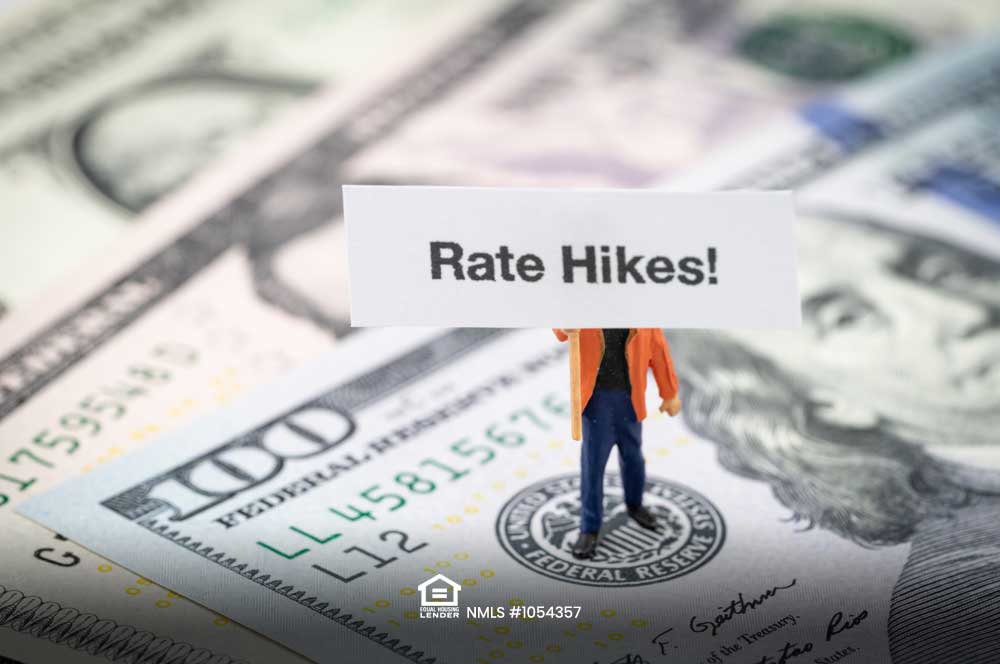The Truth About Federal Reserve and Your Home Loan
Much recent news has been coverage of the Federal Reserve and the current interest rates. What does this all mean to the average homeowner?
• The Federal Reserve and the Federal Open Market Committee (FOMC) can only control two short-term interest rates: The Discount Rate and the Federal Funds rate.
• The discount rate is the least essential rate of the two. The discount rate is the rate the “Fed” charges other banks for overnight loans. It generally has only a tiny effect on the economy.
• The Federal Funds rate is the most crucial interest rate that the “Fed” controls. This is the interest rate that regular banks charge each other for overnight loans. This law gives the Federal Reserve power to trade in the bond market.
• It is through this power that the FOMC can direct the easing or tightening of money into the economy, thus causing the Federal Funds rate to either be raised or lowered. For example, if they decide to sell into the bond market, more money is in circulation, thus increasing the supply. If the supply of money increases, then rates will go down because there is not as much demand.
• The opposite applies if the Federal Reserve decides to buy securities from the bond market: they reduce the amount of money out in the economy, create more demand, and raise interest rates.
• It makes sense that when money is in higher demand, investors will pay a higher interest rate to use it. They do not directly lower or raise the actual mortgage rate.
• The FOMC comprises the seven Federal Reserve governors plus five of the twelve Presidents of Federal Reserve district banks around the country. Their votes decide what will happen with the Fed Funds rate.
• The FOMC lowers the rate by directing their trading desk in New York to buy U.S. Treasury bonds. This pumps money into the banking system and eventually into a larger economy.
• Lowering the Fed Funds rate is a standard strategy for averting or fighting a recession. Raising the Fed Funds rate is a standard strategy for fighting inflation.
• On the other hand, the FOMC can tighten rates by selling treasury bonds, thus withdrawing money from the economy.
• The rate drops immediately when the Fed announces its intentions because the bond traders adjust the price of their bonds immediately.
• This is where we can understand the impact on the 30-year fixed mortgage rate. The fixed mortgage rates are tightly connected to the activity of the 10-year Treasury note. As the yield or rate on the note fluctuates, so do fixed rates.
• We can never precisely predict what will happen with the fixed mortgage rates. For example, when the “Fed” lowered the Fed Funds rate, the feeling arose that economic data hinted that a recovery was on the way. The stock market went up, and the bond market worsened, causing the mortgage rates to rise. So sometimes, things do not go exactly as you would think.
• The current low rates are still considered extremely low when you look at the history of interest rates!
Now is the time to buy a property remember rent is 100% interest
For more information on the many different programs available, please contact us today!











